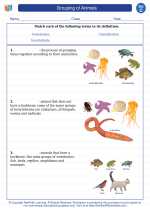Vegetation
Vegetation refers to the plant life that covers a particular area, such as grass, shrubs, trees, and other types of plants. It is an essential component of ecosystems, providing habitats for various organisms and contributing to the overall health of the environment.
Types of Vegetation
There are several types of vegetation, each adapted to specific environmental conditions:
- Grasslands: These are dominated by grasses and are found in areas with relatively low rainfall.
- Forests: Forest vegetation consists of a variety of trees and other woody plants, and can be further categorized into tropical, temperate, and boreal forests.
- Deserts: Desert vegetation is adapted to arid conditions and often includes succulent plants such as cacti.
- Tundra: Tundra vegetation is characterized by low-growing plants and lichens, and is found in cold, harsh climates.
- Aquatic vegetation: This includes plants that grow in or near water bodies, such as algae, seaweed, and aquatic plants.
Importance of Vegetation
Vegetation plays a crucial role in the environment for the following reasons:
- It helps regulate the climate by absorbing carbon dioxide and releasing oxygen through the process of photosynthesis.
- Vegetation provides food and shelter for a wide range of animal species, contributing to biodiversity.
- Plants help prevent soil erosion by stabilizing the soil with their roots.
- They also contribute to the water cycle by absorbing and transpiring water, influencing patterns of rainfall and maintaining water quality.
Human Impact on Vegetation
Human activities such as deforestation, urbanization, and agriculture have significantly impacted vegetation around the world. Deforestation, for example, leads to the loss of vital habitats and contributes to climate change. It is important to understand the importance of preserving and sustainably managing vegetation for the well-being of the planet and its inhabitants.
Study Guide
To study vegetation effectively, consider the following key points:
- Understand the different types of vegetation and the environmental conditions in which they thrive.
- Learn about the ecological roles of vegetation, including its importance in the carbon cycle, water cycle, and biodiversity.
- Explore human impacts on vegetation and potential solutions for sustainable management.
- Observe and identify different types of vegetation in your local environment, and consider how they contribute to the ecosystem.
By understanding the significance of vegetation and its role in the environment, you can develop a deeper appreciation for the natural world and contribute to efforts aimed at preserving and restoring diverse plant communities.
.◂Science Worksheets and Study Guides Third Grade. Grouping of Animals
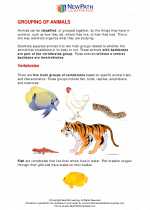
 Activity Lesson
Activity Lesson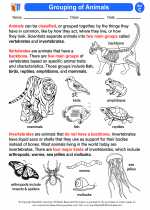
 Worksheet/Answer key
Worksheet/Answer key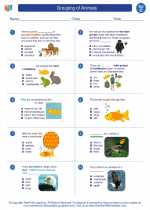
 Worksheet/Answer key
Worksheet/Answer key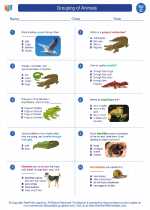
 Worksheet/Answer key
Worksheet/Answer key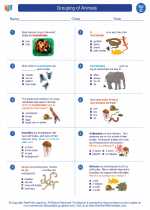
 Worksheet/Answer key
Worksheet/Answer key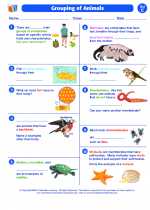
 Vocabulary/Answer key
Vocabulary/Answer key